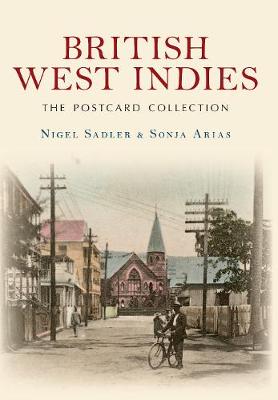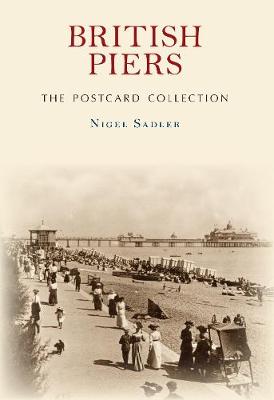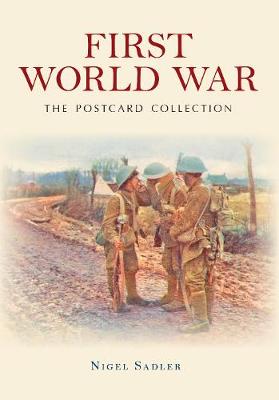The Postcard Collection
3 total works
British West Indies The Postcard Collection
by Nigel Sadler and Sonja Arias
Published 15 January 2014
The British West Indies cover a distinct geographical area. However, the countries within it have their own histories, sometimes overlapping, sometimes very different. British West Indies: The Postcard Collection brings together over 100 postcards showing the region's commonalities and differences. The British West Indies were an important economic source for the British Empire, supplying sugar, coffee, tobacco and cocoa. During the First and Second World Wars, many men joined up to fight for Britain, and many young citizens later emigrated to help the country recover and rebuild its economy. Today, many see the countries of the British West Indies only as wonderful holiday spots with sand, sea and sun. However, scratch the surface and one will discover a fascinating and chequered history.
Few countries went through the level of interest and development of pleasure piers like the United Kingdom. Built during the Victorian age and early twentieth century, they hark back to a romanticised British coastal holiday - donkey rides on the beach, paddling in the sea and strolling along the pier partaking in the penny amusement arcades and the end of the pier show. Coastal towns often developed promenades along the sea front so that people could take in the sea air and would have easy access to the beach to gain the health benefits of salt water swimming. Some promenades were extended into the sea as pleasure piers. The National Pier Society record that ninety-nine such pleasure piers were built, but many dock sides and harbour walls also provided areas for tourists to promenade and adopted the title of 'pier'.
This book takes the reader through the evolution of the pleasure piers, from their heyday to the often sad decline and demolition, using early twentieth-century postcards capturing the piers in their prime and, in some cases, capturing their mishaps.
This book takes the reader through the evolution of the pleasure piers, from their heyday to the often sad decline and demolition, using early twentieth-century postcards capturing the piers in their prime and, in some cases, capturing their mishaps.
The Great War (1914-1918), later known as the First World War, brought together the major European countries and their empires into the world's greatest conflict so far seen. Over 70 million people worldwide were mobilised into military service with 10 million of these service personnel killed in action and a further 7 million civilians also killed. This total death toll made up 1 per cent of the world's population at the time.
The war occurred at the heyday of the postcard as a social media. This book looks at the role of the postcard in the war, both as a propaganda tool by the authorities and also as a communication means between friends and family split apart by the war. The once valued postcards holding the image of a loved one now often only show an anonymous fighter with no details of who they were or what their outcome was, while the censored scenes of trenches and battlefields hide the true horrors of the fighting and the scenes witnessed.
The war occurred at the heyday of the postcard as a social media. This book looks at the role of the postcard in the war, both as a propaganda tool by the authorities and also as a communication means between friends and family split apart by the war. The once valued postcards holding the image of a loved one now often only show an anonymous fighter with no details of who they were or what their outcome was, while the censored scenes of trenches and battlefields hide the true horrors of the fighting and the scenes witnessed.


